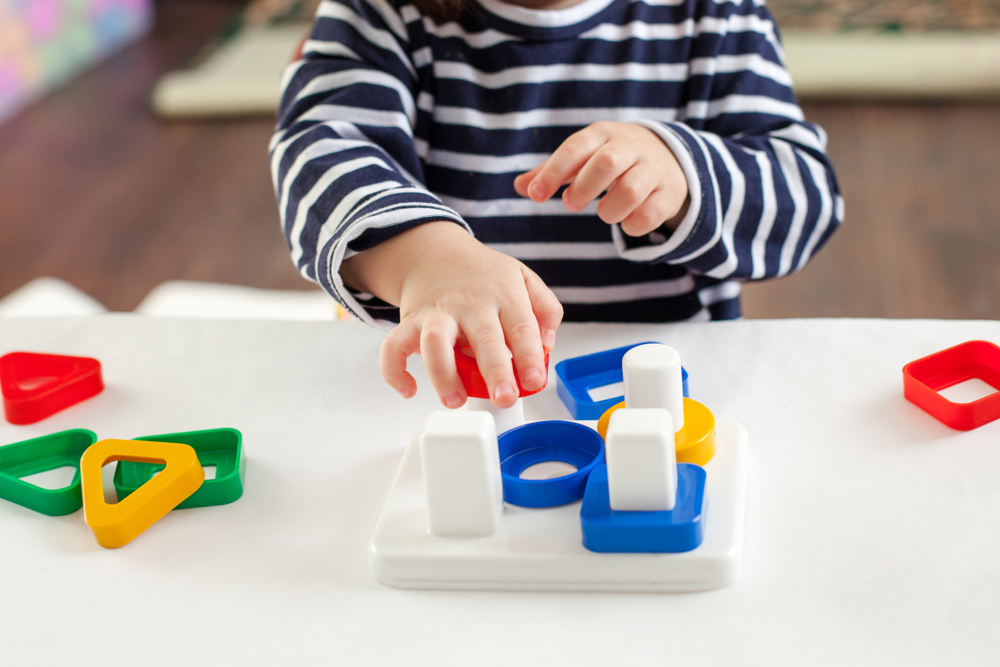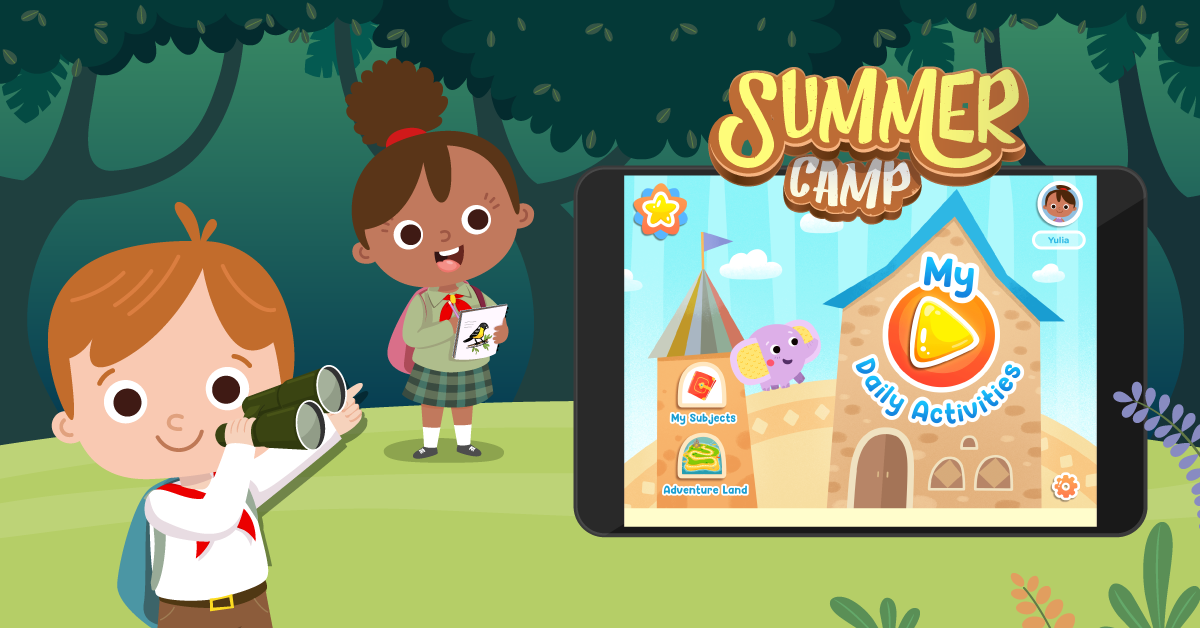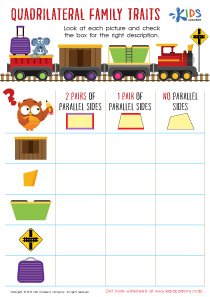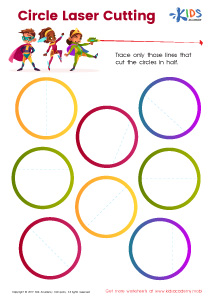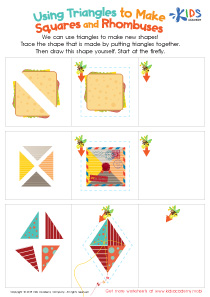Normal Area and Perimeter Worksheets for Ages 5-9
7 filtered results
-
From - To
Discover enriching mathematics learning tools with our "Normal Area and Perimeter Worksheets for Ages 5-9." Tailored for young learners, these worksheets introduce essential concepts of area and perimeter through engaging exercises and vibrant visuals. Perfect for classroom or home use, they simplify complex ideas to foster understanding and confidence. From basic shapes to more challenging problems, our worksheets are designed to develop mathematical skills step by step, making learning both effective and fun. Empower your child's journey towards math mastery with resources that cater to their educational needs!
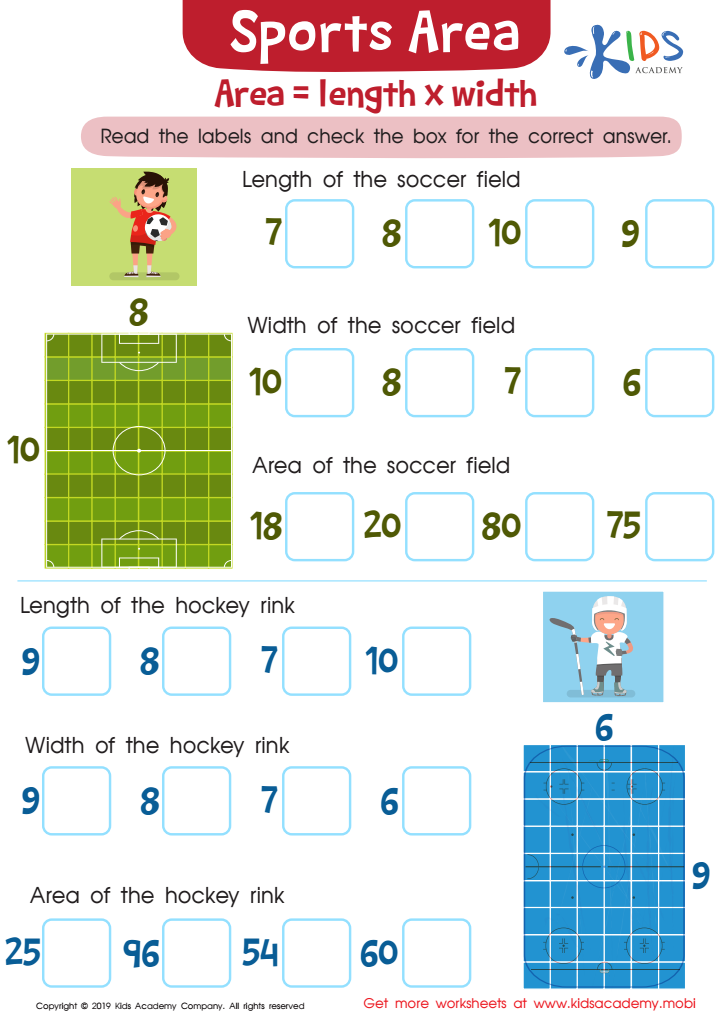

Sports Area Worksheet
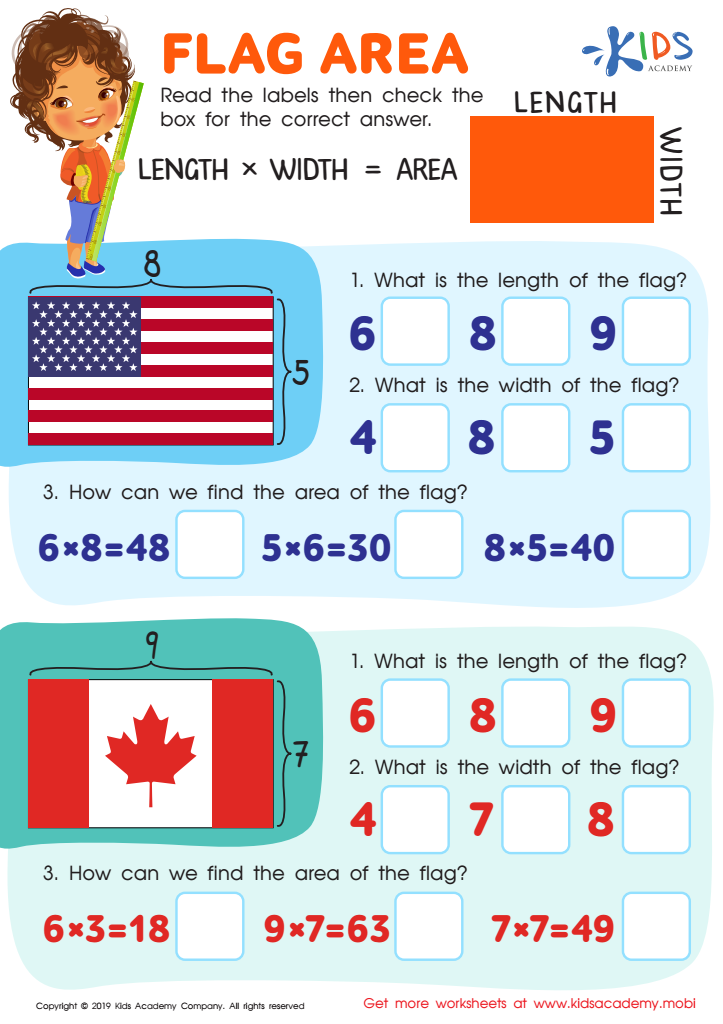

Flag Area Worksheet
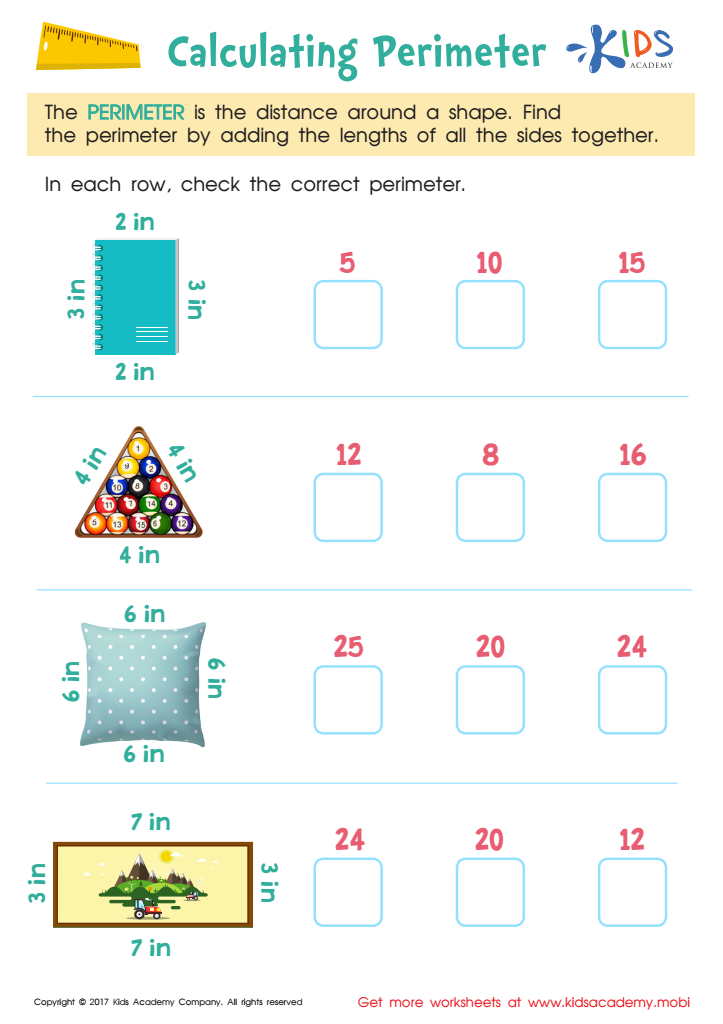

Calculating Perimeter Worksheet
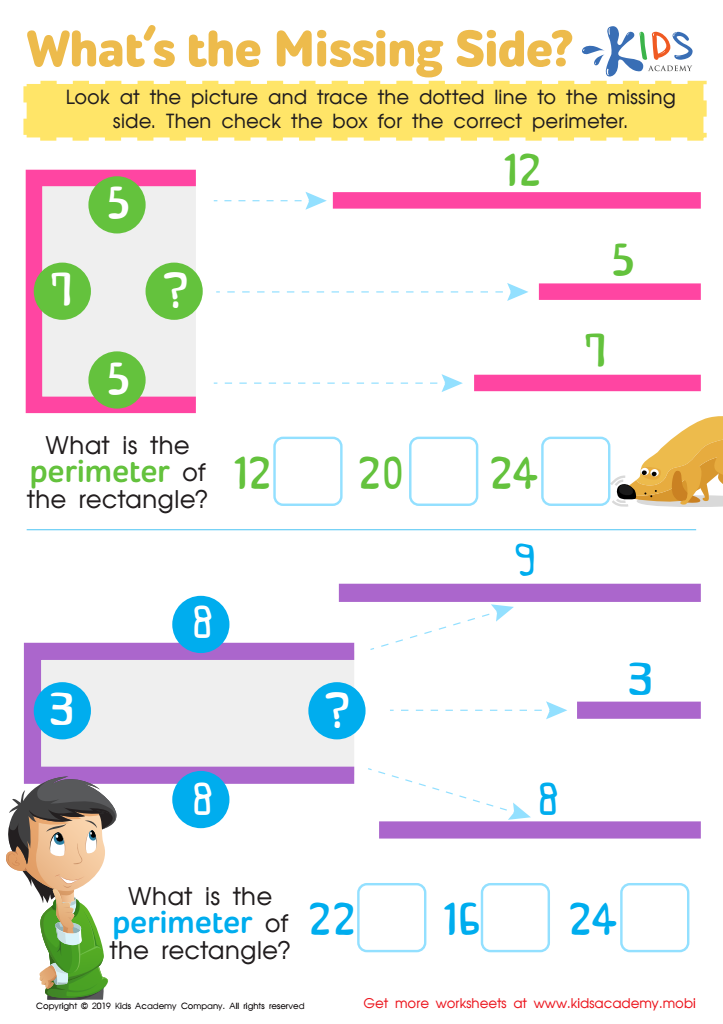

What's the Missing Side Worksheet
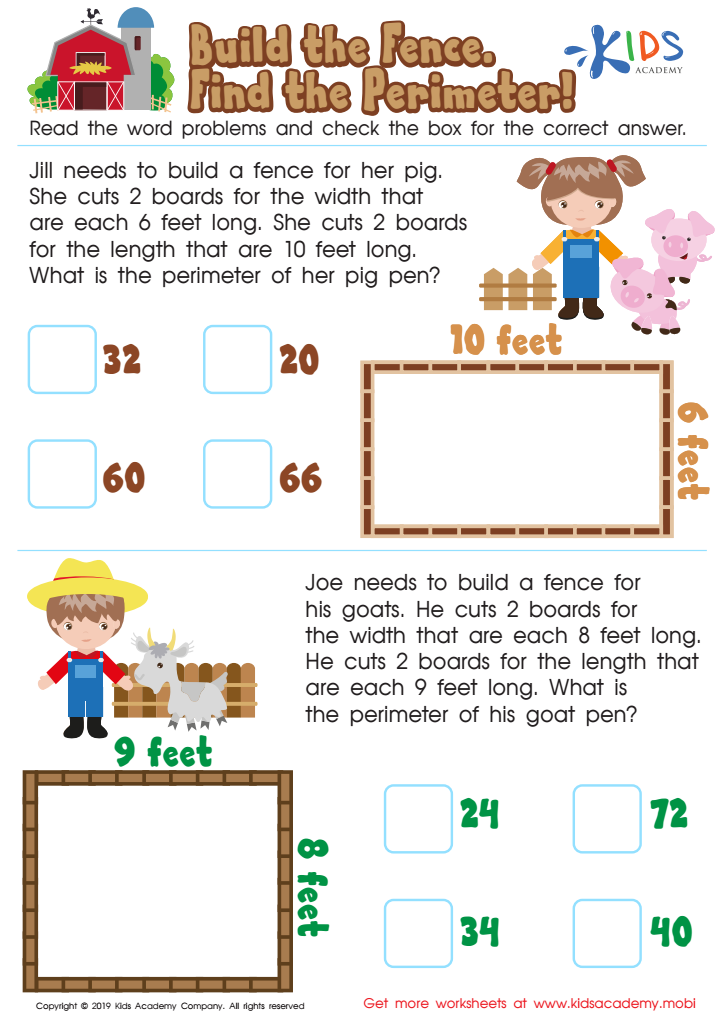

Build the Fence, Find the Perimeter Worksheet
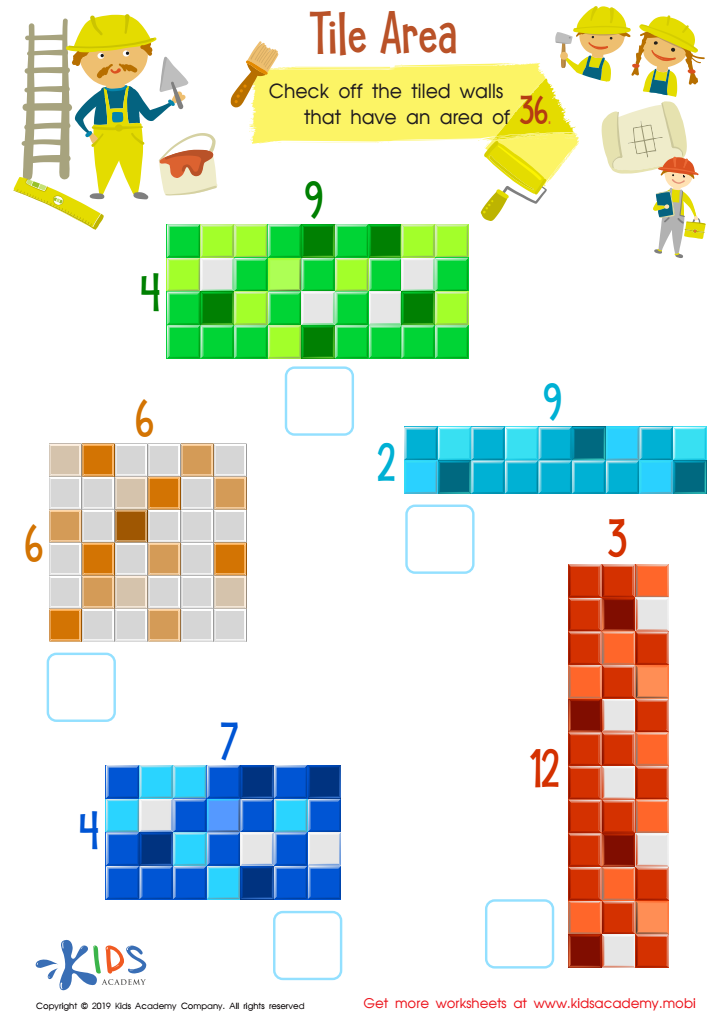

Tile Area Worksheet
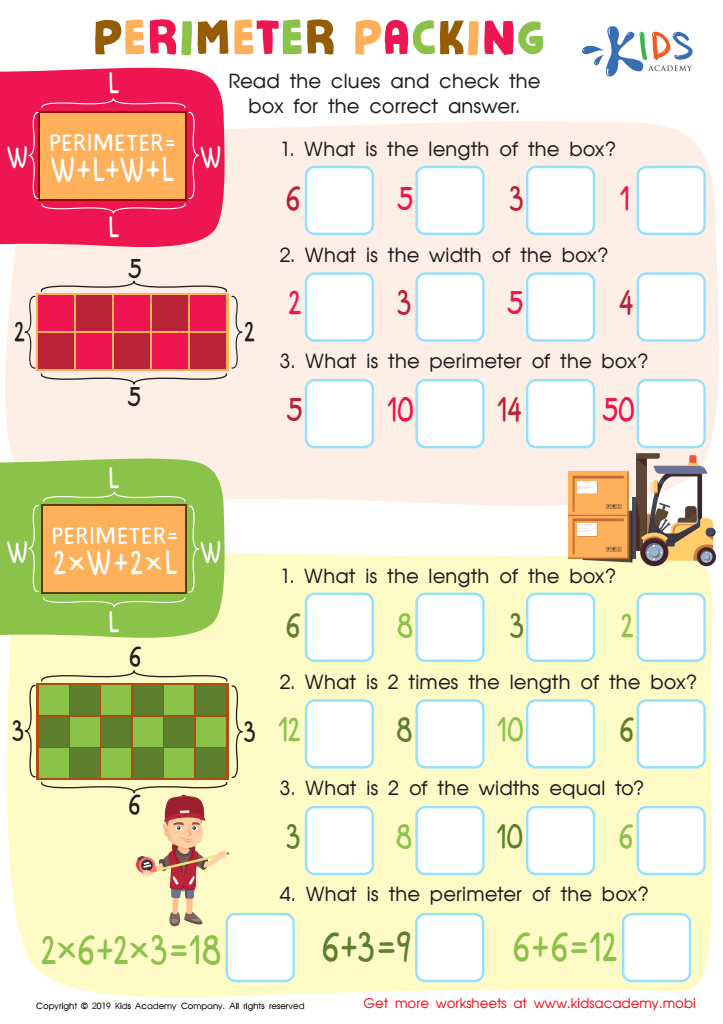

Perimeter Parking Worksheet
Understanding the concepts of area and perimeter is essential for young children, ages 5-9, as these foundational math skills play a crucial role in their overall cognitive development and practical daily life skills. Teaching normal area and perimeter helps children grasp the basics of geometry, which is fundamental for advanced mathematical learning. It enhances their spatial reasoning abilities, enabling them to recognize shapes and sizes and visualize how different objects fit together in their environment.
For parents and teachers, fostering these skills early on is important because they translate into other subject areas and life situations. For instance, children might use these concepts to visualize the size of their bedroom, determine how much space is needed to fit their toys or even in art to grasp sizes for their drawings. Comprehending area and perimeter contributes to a child’s ability to follow instructions accurately, solve problems, and make informed decisions.
Beyond the cognitive benefits, learning these concepts promotes practical life skills such as organizing personal spaces, planning layouts, and engaging in games and activities that involve space and measurement. Experience with such problems equips children with a hands-on understanding, which is instrumental in cultivating their interest in STEM (Science, Technology, Engineering, and Mathematics) subjects, setting a strong foundation for future academic pursuits.

 Assign to the classroom
Assign to the classroom
